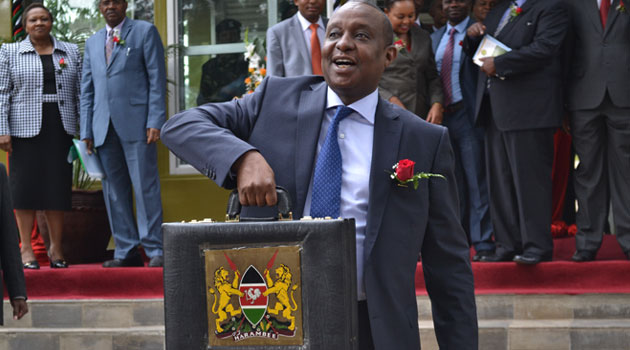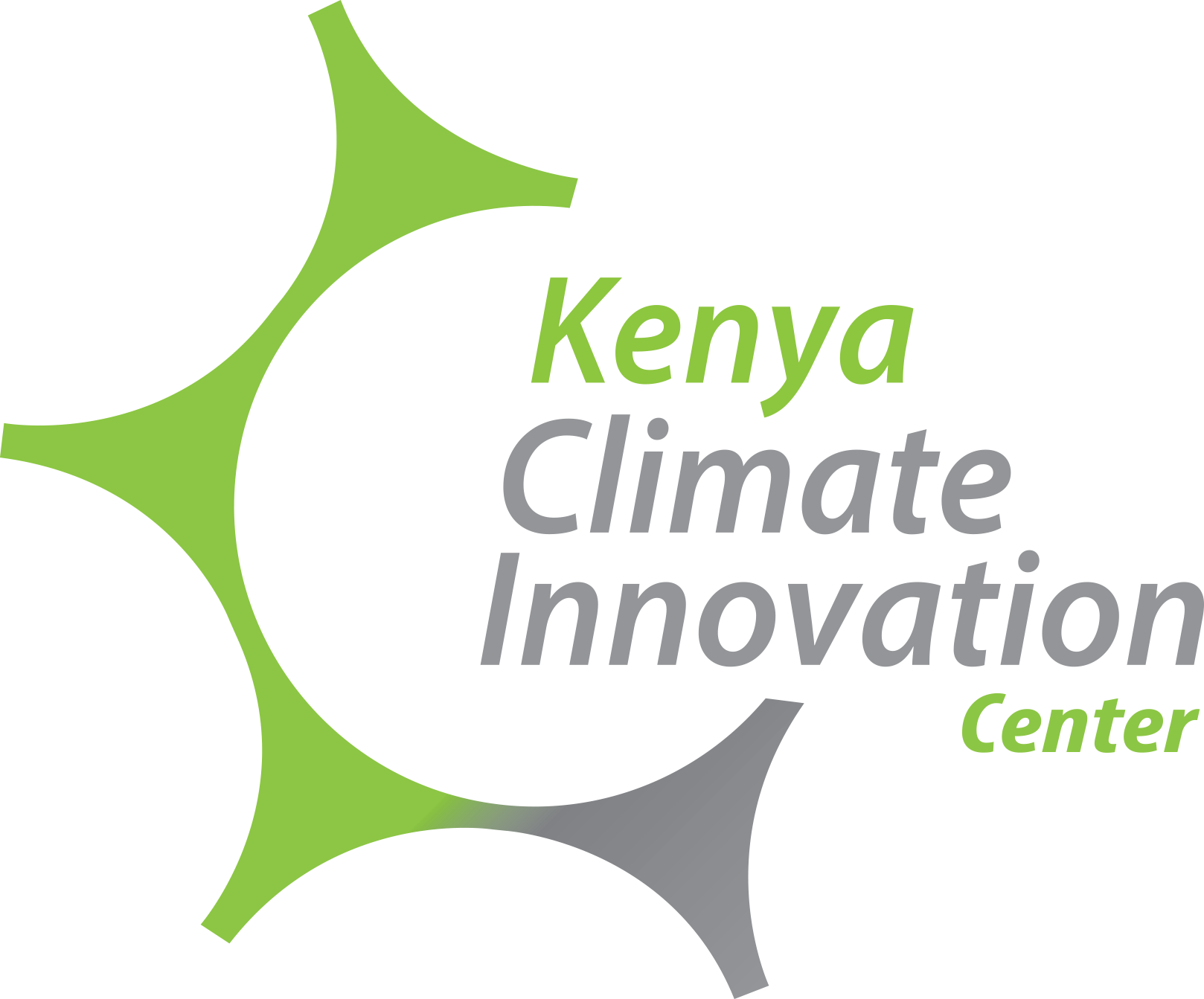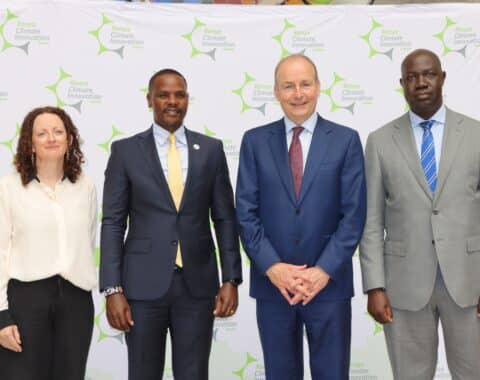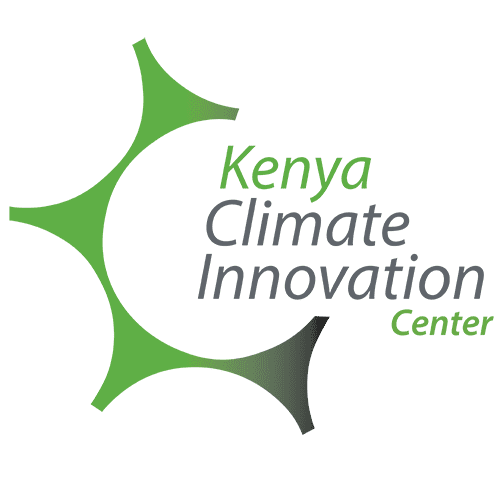
A quick scan through the budget statement 2017-2018, one thing stands out for me, as a policy analyst with special interest in the climate change agenda, climate change was missing out in the statement by the CS National Treasury. The national budget is the main policy document for the country and through the budget the government communicates its priorities.
This being an elections year in Kenya the budget came two months earlier than the usual end of June date. Through this budget the government was directly or indirectly communicating what its priorities would be in the next one year if it was reelected and was taking a commitment on behalf of any other government that is elected to power come August 2017.
For a country that is facing cyclic drought and famine patterns, it would be expected that one of the priorities of this government would be averting the effects of climate change which are what drought and famine are credited to. A few issues like water management and agriculture that have an aspect of climate change were highlighted in the budget statement however, climate change lacked prominence as one of the main agendas in the country. Economically once an agenda is not given priority in the budget cycle then the implementation of programs that touch on it lacks the buy in it deserves from the onset.
However, Climate change relates to a number of issues that the CS mentioned in his statement and notably was agriculture. The government has been committed to reduce the dependency on rain fed agriculture by increasing the irrigation schemes in the country by 27000 acres between 2013 and 2017. This includes expansion of schemes that have existed for a while like the Bura and Mwea irrigation schemes and other relatively new projects like the Galana- Kulalu project.
These projects have however not all enjoyed the success as expected they would. Galana-Kulalu scheme was supposed to bring 1 million acres of land under irrigation but did not succeed and there is serious doubt about the viability of the scheme after the first harvest produced only 10 bags per acre instead of the expected 40bags per acre. The National Assembly Agriculture Committee called for the suspension of the project and the government has cut the projects budget by half after a taskforce reviewed the project.
Water management and sanitation is another aspect of Climate Change that the CS touched on in the budget statement. The conversation on water and sanitation is one that cannot be ignored in Kenya especially at a period when various regions in the country have been faced with serious water shortages.
Kenya remains water scarce with water coverage being 58%, sewerage at 25% and less than 1000 cubic metres per capita of renewable freshwater sources. Experts have indicated that if there are no measures taken for water management and conservation then this would be the cause of the next major conflicts in the world. Last year, the conversation on the Muranga water tunnel changed the narrative on water in the country.
The tunnel was to see water from the Aberdare forest collected at source and redirected to Ndakaini dam in Thika. This project is part of the government’s plan to address the perennial water shortage in Nairobi. The project is part of Kenyans Vision 2030 and was initiated in 2012. While the intentions of the project are noble, its execution is fraught with problems. There are also concerns that a genuine environmental impact assessment was not carried out.
While the government claims that the project will not affect water levels in Murang’a and adjacent counties, there are concerns that the construction of the tunnel would lead to desertification of large areas in Murang’a, Ukambani and Tana Delta in a few years. This is because the water that is being redirected to Ndakaini feeds Tana River which is a major source of water for the said regions.
In his statement, the CS indicated that under water and sanitation the government has disbursed Kshs 7.3 billion for drought mitigation strategies while the county governments have provided Kshs 2 billion for the cause. The question that lingers in one’s minds is the management of the funds dedicated for drought mitigation.
The number of deaths of both people and livestock raise uncertainty on the management of the funds and whether the deserving communities actually receive the funds. The challenges of dealing with the effects of Climate Change begin with the lack of prioritization of the Climate Change agenda even before we get to the implementation. This is one of the agendas that the government has to be in the forefront by prioritization of its policy documents like the National Budget, Medium Term Plan among other national development plans that the government embarks on.
The Kenya Climate Innovation Centre (KCIC) has been in the forefront in lobbying the government to prioritize the climate change agenda. One of the ways this has been done is through lobbying the government to mainstream Climate Change and the Sustainable Development Goals (SDGs) into the Medium Term Plan III which is in the process of being developed. This is work in progress but a step in the right direction. KCIC is looking for that day when Kenya will be in the history books for the excellent Climate Change Mitigation strategies and for sure we are on the right path being the only country with a Climate Change Law.
By Sarah Makena
Picture courtesy: mygov.go.ke












